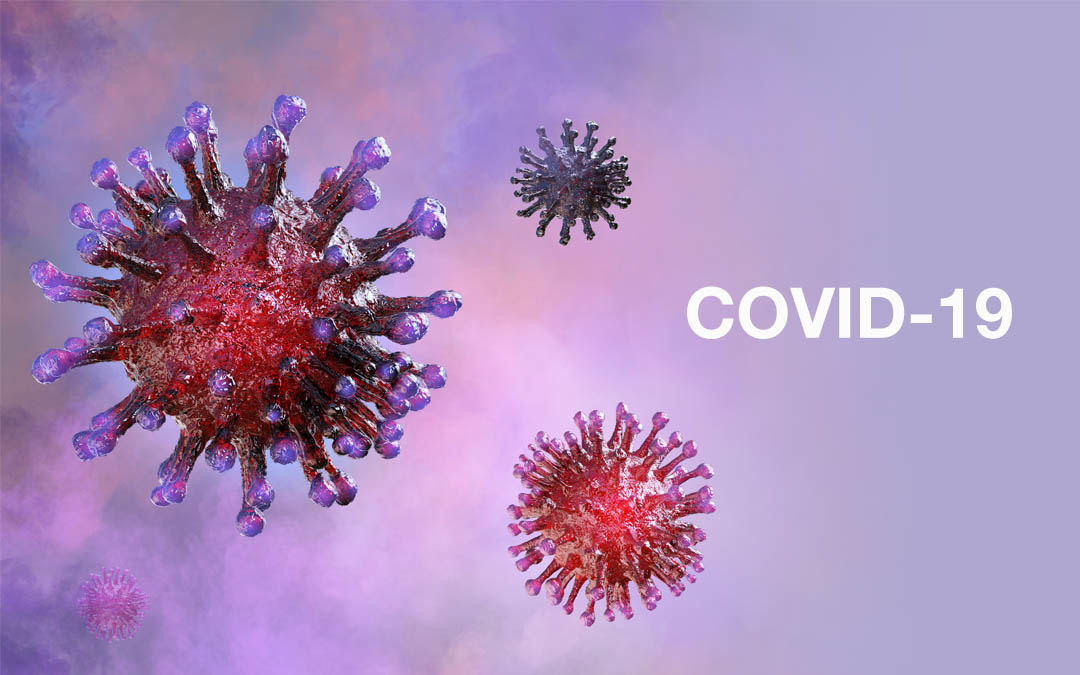Review summarises liver injury from human coronavirus infections, including SARS-CoV-2


A review published in Liver International journal summarises the characteristics and mechanism of liver injury caused by three highly pathogenic human coronavirus infections: severe acute respiratory syndrome coronavirus (SARS‐CoV), Middle East respiratory syndrome coronavirus (MERS‐CoV), and SARS‐CoV‐2 infection (referred to widely in the media as COVID-19). The findings may provide help for further studies on liver injury caused by SARS‐CoV‐2.
Although lung lesions have been considered the major damage caused by SARS‐CoV‐2 infection, in severe cases, liver damage has also been reported. Similarly, previous studies have shown that liver damage was common in patients infected by SARS‐CoV and MERS‐CoV, and such damage was associated with the severity of the diseases.
The authors, Dr Xin Zheng and colleagues, summarised the injury observed during SARS-CoV-2 infection and concluded that the mechanisms of this injury remain largely unclear. Current understanding suggests that infection with highly pathogenic human coronavirus may result in liver injury by direct virus-induced cytopathic effects and/or immunopathology induced by overshooting inflammatory responses. Although SARS-CoV may aggravate liver injury in patients with viral hepatitis, there is no such evidence for MERS-CoV and SARs-CoV-2. Importantly, the review concludes that drug-induced liver injury during the treatment of coronavirus infection should not be ignored and needs to be carefully investigated.
“From a clinical perspective, in addition to dealing actively with the primary disease caused by coronavirus infection, attention should also be paid to monitor the occurrence of liver injury, and to the application of drugs which may induce liver damage,” the authors conclude. “Patients with liver damage are advised to be treated with drugs that could both protect liver functions and inhibit inflammatory responses.”
You can read the full review at Liver International.


